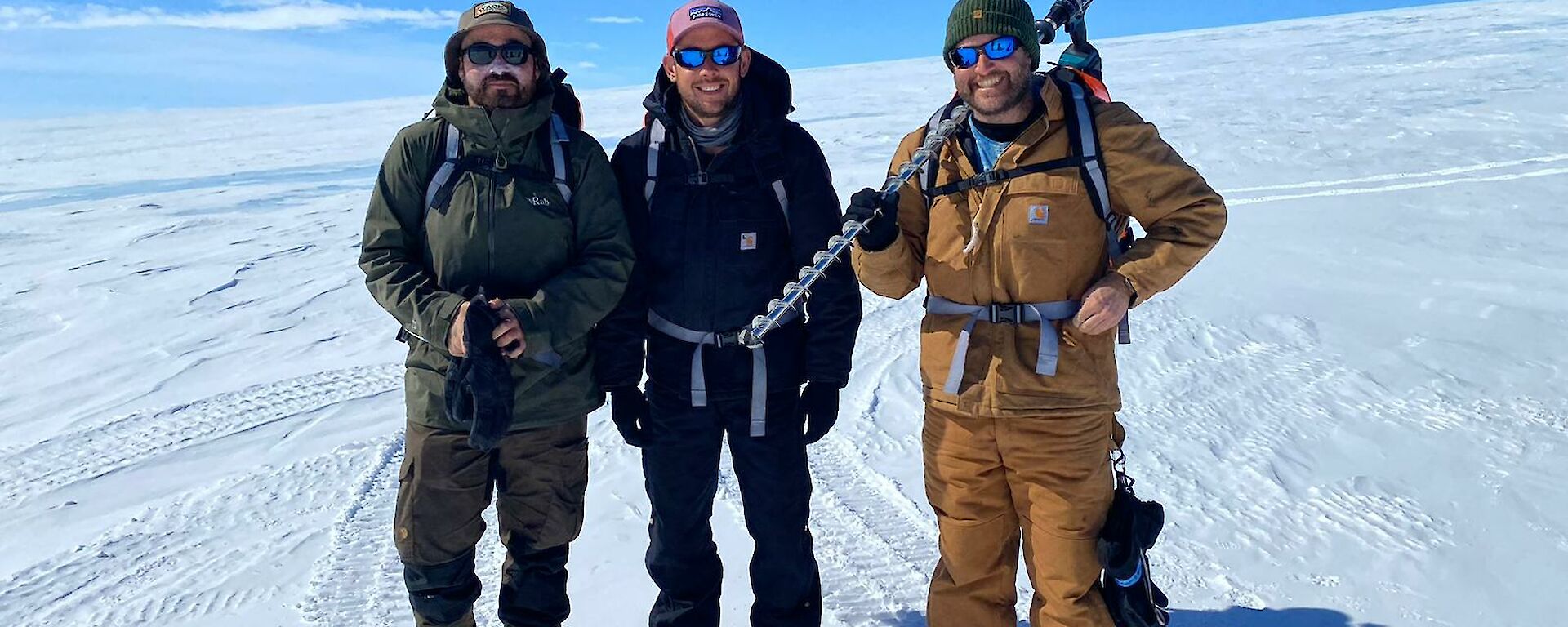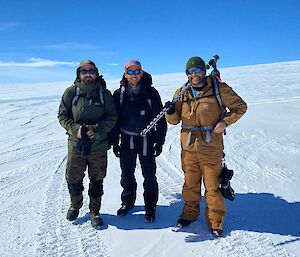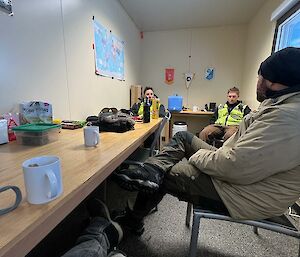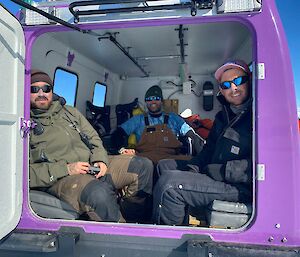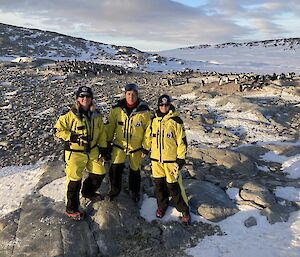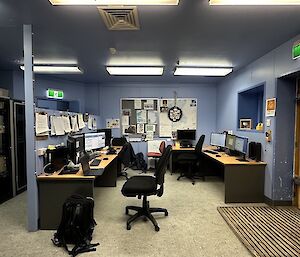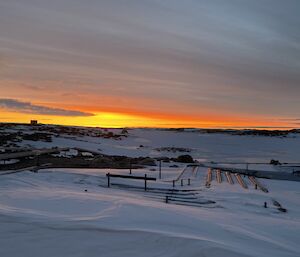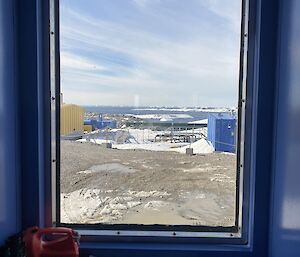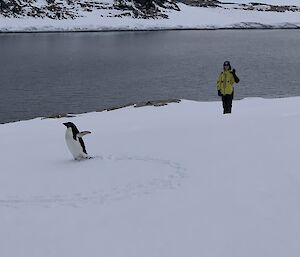It’s been a big month kicking off the busy summer aviation season here at Casey with the arrival of a number of Kenn Borek aircraft providing flights to the Denman Terrestrial Campaign site at Bunger Hills, as well as expeditioner transfers between Davis and Mawson stations. We have also seen the arrival of several inter-continental flights from Hobart, including two BK-117 helicopters delivered via RAAF C-17.
However, there has been a bigger star on the rise this season that we thought should get a special mention in our little write up. The humble cup of Bushells!
Antarctica is the driest continent on earth in more ways than one, and it's the trusty Australian staple - tea - that's been warming the hearts of our expeditioners so far this summer. The busy start to the season has also called for extra demands of fuel supplies and the humble cup of tea has been outperforming its fossil counterparts in showing that it can power not only Casey expeditioners, but entire fleets of aircraft and station generators!
The friendly local aviation support staff have been perfecting this science - along with supporting science flights - in a truly scientific science achievement!
In addition to all things in the air, the flightless birds of Casey have also approved the amount of tea being consumed, by preparing for their annual mating season at nearby Shirley island.
Casey has truly become a bustling hive of people as we've welcomed transiting expeditioners from other nations in their support of Antarctic goals, and we have been lucky enough to share with them our affection for Bushells.
There has of course been solid debate as to the technique of adding milk before or after, as it saves a trip across the kitchen. The poll currently stands at 91 for adding milk after it has brewed, and 2 for adding pre-brew.
- The Bushell bandits - Mick, John and Jez - Air-Ground Support Officers
*This article is in no way sponsored by Bushells, but if anyone from the company is reading, Mick, John and Jez from Casey Station would love some shirts (preferably not cotton!!).
This Week at Casey: 1 December 2023
A Mighty Brew
Cloudy (sometimes) with a chance of penguins
For a first time expeditioner, it’s almost impossible to find words to describe my experience so far (but if you keep reading you’ll see I found quite a few…).
It’s been just over one month so far in this amazing, crazy place and there have been a number of highlights:
- landing on an ice runway
- seeing 5 million penguins
- sleeping in a bag on the ice
- getting out and about on and off station
- making lots of new friends
But one of the best things I have done here is my job! As a meteorologist, Antarctica is the highpoint of my forecasting career. Everything is stunning, and everything is extreme; extreme cold, extreme winds, extreme clouds, extreme changes. And for me, extreme fun.
A number of meteorologists each summer come down to Antarctica to forecast weather for all the various planned activities. We do forecasts for all different types of activity: station or field sites, the Nuyina as it transits around the Southern Ocean, traverse operations, survival training groups, briefs for the operations coordinator and station leader, and aviation operations! Plus we also have people popping around the met (meteorologist) office for a quick chat to get an idea of weather for their recreational trip and/or work around station that might be weather sensitive.
There are no roads here so the main form of transport within the continent is via planes/helicopters - and these operate only in summer (when there is daylight). Aviation operations is the main reason that forecasters are employed down here, pilots require specific aviation forecasts and observations to fly safely to/around Antarctica. We monitor cloud, turbulence, winds, snow, blizzards, fog and other Antarctic specific weather phenomena like diamond dust, surface contrast and horizon definition which can affect visibility.
The mets are kept pretty busy, usually running a morning and an afternoon shift covering the hours from 4.30am to 7.30pm, but depending on the flying schedule our shift could extend to be as early as midnight and running to the next midnight! I had a pretty special nightshift a few weeks ago with an incredible sunset/sunrise. We work closely with all the people involved in aviation operations - obviously the pilots - but also the AGSOs (aviation ground support officers - see the other post for today), the comms people who communicate with the pilots through radio or satellite phone and pass on our forecasts and observations while there is flying, and the operations coordinator to work out what forecasts need to be done and to plan our briefings and shifts each day.
It’s been a long-term dream of mine to come to Antarctica, and it is (so far) surpassing all of my high expectations. I’ve had beautiful weather, seen incredible sunsets, skied around in fog, walked outside in a blizzard and felt the softest snowfall. It can only get better from here :)
Elli Blandford - Casey Station Meteorologist

